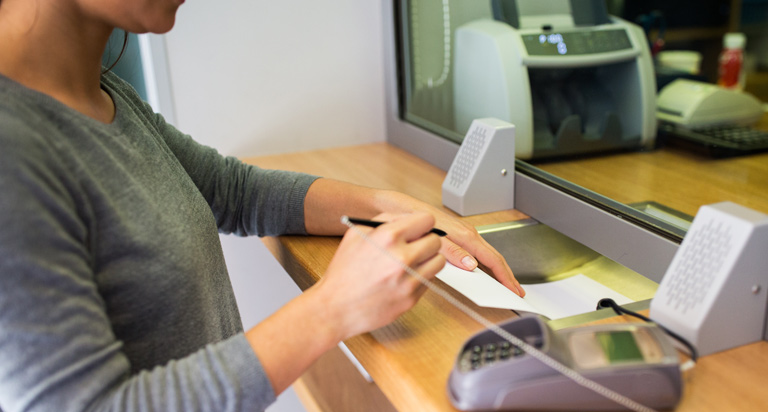What is Zelle®?


Interested in using Zelle®? Many major banks allow peer to peer payments with Zelle. Learn more about what Zelle is and what you need to know before using it. [Duration - 1:28]
Highlights:
- Zelle® is a popular peer-to-peer payment service that allows you to send and receive money from friends, family and others you trust, all directly from your bank account.
- Zelle has services that employ data encryption technology to help protect users and has a digital infrastructure similar to your bank or credit union.
- It's possible that you already have access to Zelle as the service is offered by over a thousand banks and credit unions.
Equifax is not affiliated with nor does it endorse Zelle.
Zelle might be a familiar name to you, whether you've seen it in your mobile banking app or used it to transfer money. This article explains how to use Zelle and what to expect from the service.
What is Zelle?
Zelle is a popular peer-to-peer (P2P) payment service that allows you to send and receive money from friends, family and other individuals you know and trust.
There are a number of other P2P payment services available, including popular options like Venmo® and Cash App®. Most of these platforms act as a middleman, allowing money to be sent from one user's P2P payment account to another's. The recipient can then transfer the funds to a private bank account or use the balance to make additional P2P payments.
Zelle is different in that it partners with banks and credit unions across the United States to allow users to send or receive money directly from their bank accounts. If your financial institution does not offer Zelle in its online banking platform, the service is also accessible through the Zelle mobile app and website.
You can use Zelle in three simple steps:
- Access the service through your bank's online or mobile platform or through the Zelle app or website.
- Enter the phone number or email address of the person you want to pay. Keep in mind that you should pay only people you know and trust, such as your family, friends, landlord or similarly familiar acquaintances. You may also want to let the person know that you are transferring money and confirm their contact information before hitting send.
- Choose the amount of money you want to send and confirm the transaction was successful. Once you submit the transaction, the money will go into the designated person's bank account in minutes. After funds are sent, reach out to the recipient to ensure they received your payment.
You can send money through Zelle even if the recipient does not currently have access to the service through their bank or credit union. If the recipient hasn't previously set up Zelle, they will receive a notification explaining how to create an account to receive the money. Zelle cannot be used to send money internationally, and both parties must have U.S. bank accounts.
Be especially careful in steps 2 and 3, and be sure that you're sending money to the right person. Zelle payments generally happen very quickly, sometimes within seconds, and if the user has an active Zelle account, you won't be able to modify or cancel the payment after it has been sent.
What you need to know about Zelle?
Zelle has a service that employs data encryption technology to help protect its users and has a digital infrastructure similar to your bank or credit union. Because Zelle transfers funds directly between bank accounts, it may be safer than other online payment services.
Something to be aware of is that Zelle does not offer a protection program, and therefore banks are not required to pay back fraud victims — even though the transaction was authorized. Zelle transactions are instant and irreversible once complete, and you will likely not be able to stop the transaction or get your money back.
Always be confident that you're sending funds to a trustworthy recipient who could transfer money back to you in the event of a mistake. Also be sure to follow basic security protocol when creating a Zelle account. Aim to keep your password secure with a complex mix of characters and enable multi-factor authentication whenever possible.
What is Zelle's transfer limit?
The maximum amount of money you are allowed to send via Zelle may vary, so you may want to verify transfer limits with your bank or credit union. If your financial institution does not offer Zelle, the weekly transfer limit through the app itself is $500.
This weekly amount is fixed, and you won't be able to request an increase or decrease in your transfer limit.
What banks use Zelle?
It's possible that your bank or credit union already uses Zelle. The service is integrated into more than a thousand banking apps, from national institutions like Bank of America® and JPMorgan Chase® to small local banks and credit unions. For a complete list of partners, visit the Zelle website.
Get your free credit score today!
We get it, credit scores are important. A monthly free credit score & Equifax credit report are available with Equifax Core CreditTM. No credit card required.



